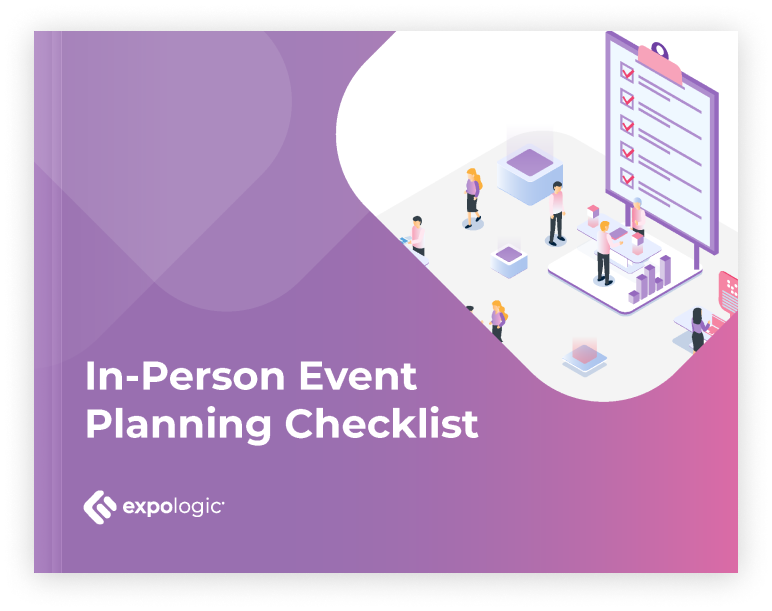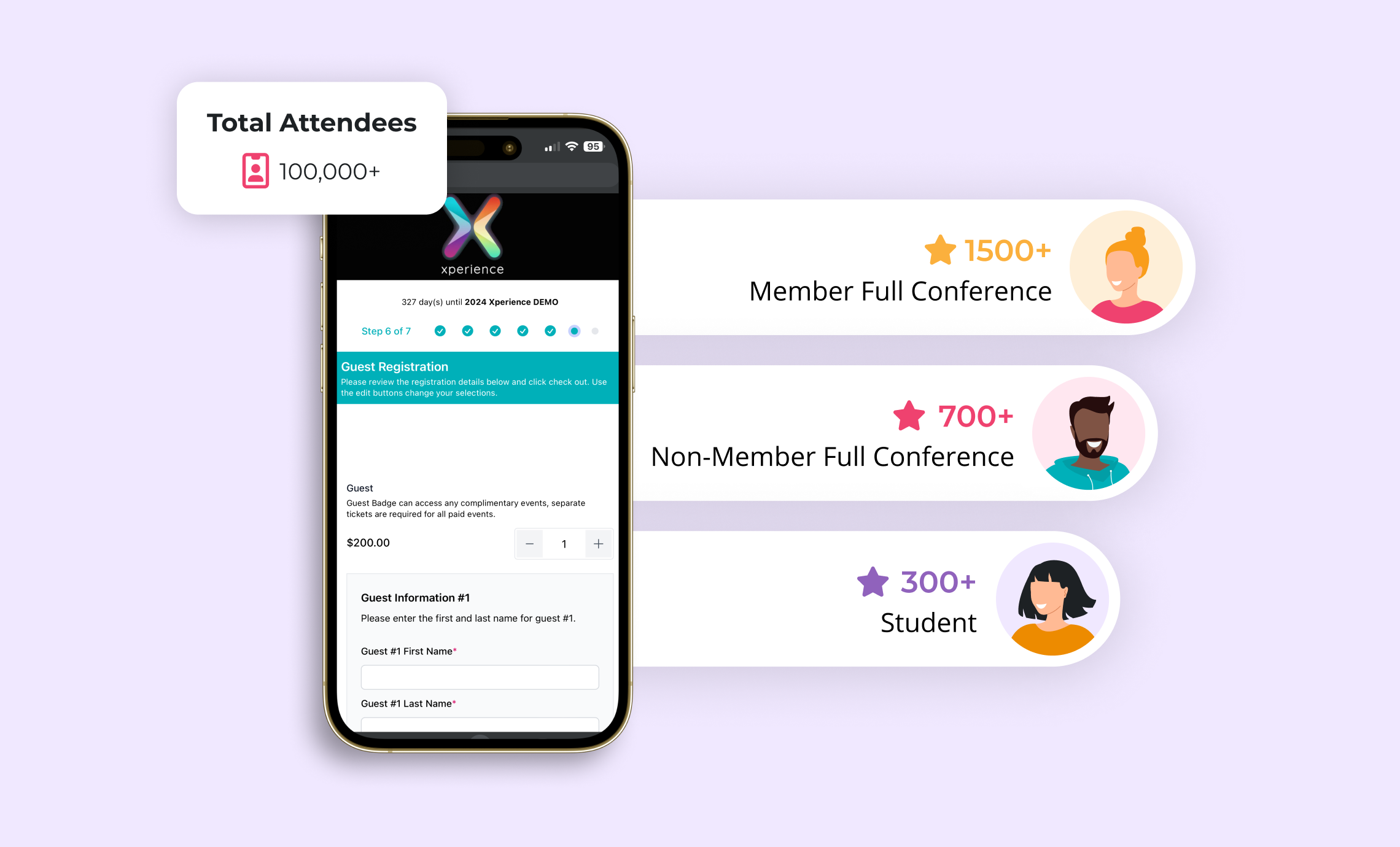A well-organized expo can mean ultimate success for your event. Happy (and hopefully returning) exhibitors, increased brand awareness, and relationship building are all benefits of successful expo planning. But expos can be fraught with issues like too few attendees, unhappy exhibitors, severe weather and paperwork nightmares.
Take a deep breath.
While planning your expo involves many different components, our checklist will help you make sure nothing falls through the cracks.
Top 8 Steps to planning an expo
Step 1: Create an exhibit budget
Usually part of your overall event budget, consider items such as:
- Booth costs like set up and tear down
- Venue/exhibit facility rental fees (don’t forget tax!)
- Marketing expenses
- Insurance, including liability and cancellation
- Costs for decoration, storage, utilities and security
- Any travel-related expenses
- Now factor in your estimated booth sales income
Step 2: Select your drayage and decorating vendors
Drayage (shipping) companies provide you and your exhibitors with professional shipping and handling to and from your exhibitors’ booths. Therefore, make sure to choose a reputable company in your area (ask for references!) that can offer tracking and guarantee shipments on-time and damage-free.
Decorating companies handle everything from pipe-and-drape to carpet and furniture. Online exhibitor kits can make ordering super easy for your exhibitors and allows you to focus on other aspects of your event. Some decorating vendors also offer shipping services.
Step 3: Design the exhibit space, layout and usage
In designing your exhibit space, consider:
-
- Your floorplan should have enough room so attendees can circulate, as well as maximize booth or table space
- Include areas for registration, lounges, eating areas, charging stations, etc.
- Find out if your venue has any restrictions on lighting or signage or booth sizes. Some venues will not allow hanging signage, or signage affixed to walls
- Share your floorplan with your show decorator and other service vendors and get their input
- Secure a lead retrieval vendor so your exhibitors have a way to capture leads at their booth
- Arrange for signage, equipment rentals, etc.
- Make sure to allow for utilities like power, phone, internet
Step 4: Create an exhibitor prospectus
Your exhibitor sales kit gives prospective exhibitors all the information they’ll need to decide if your expo is the right fit for them. Kits usually consist of:
- An overview of the event or letter from the conference organizer
- Highlights of the conference components, such as educational sessions, networking, expo, etc.
- Basic event information like dates, location, expected attendance, exhibit hall dates, hours, floorplan
- Attendee demographics and categories
- Benefits for exhibitors (why you should exhibit)
- Exhibitor packages components, pricing and contract (consider having the contract and rules as a separate insert)
- Pepper your prospectus with photos and testimonials from past events.
Make your prospectus available on your event website. In addition, try to have your next year’s prospectus ready to distribute at your current year’s event to encourage exhibitors to sign up during the momentum and energy of the event.
Step 5: Solicit exhibitors
Now that you have your prospectus, you’ll need to find prospective exhibitors. Industry publications and websites are good sources for organizations in your industry who may be interested in your expo. Email marketing, social media, and incentives for referrals are ways to attract exhibitors. Basically, put your current exhibitors’ logos on your site to attract similar or competitive organizations. In addition, include past attendee types to show you can deliver their target audience, and use testimonials to explain how previous exhibitors have benefitted.
Step 6: Promote your exhibitors
Promoting your exhibitors on your event website, on-site signage, on giveaways, and in the conference program shows you appreciate their business and attracts future exhibitors.
Step 7: Arrange for security
Make sure you have security guards onsite to protect the exhibits during non-exhibit hours.
Step 8: Manage exhibitor registration
Registration may be the first exposure your exhibitors have with your event, so you’ll want to make sure it’s a good experience. Encouraging your exhibitors to register their staff online in advance of the event can go a long way towards making registration as easy as possible. Consider using a registration system that can scan barcodes, which helps keep on-site lines to a minimum and can also serve as lead retrieval tools for your exhibitors.
Parting Tips
As intuitive as it sounds, make sure you allow enough time for exhibitors to set up and tear down exhibits. No one likes to be rushed and a stressful experience at the beginning or end of your expo can lead to unhappy exhibitors. Also, consider hosting an appreciation event on the last day of your event as a way to end on a good note. Sending your exhibitors a post-event satisfaction survey can give you valuable information (and testimonials) to help with your next event.




